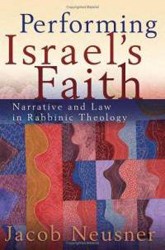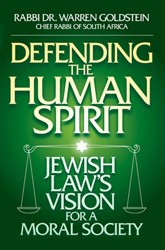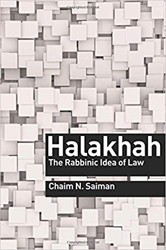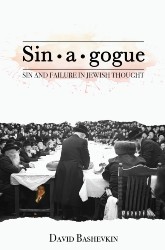“Two rabbis walked into a bar…” or, as Moshe Simon-Shoshan tells it, Rabban Gamliel’s sons came home from a wedding feast and confessed that they haven’t said the evening Shema yet. They wanted to know whether they could say the Shema even after midnight and still fulfill their religious obligation. Simon-Shoshan opens this insightful book with that incident (and not the joke about rabbis in a bar) from Mishnah Berachot 1:1 because the Mishnah, the collection of rabbinic law that was redacted around 200 C.E. by Rabbi Judah the Prince, begins with a story and charts the structure and meaning of numerous stories about rabbis, servants, pots, ovens and about the finer points of sacrifices.
This excellent book methodically reviews the many ways in which the Mishnah teaches “moral, legal and historical truths” through narratives, hypothetical cases, and rulings. The Mishnah can be quirky: it is not based in a single narrative; the Mishnah allows one to jump into almost any text, learn and hear rabbinic voices in dialogue, deriving authenticity from citing other texts and from biblical tradition. As Simon-Shoshan notes, the rabbis asserted their authority not as prophets but as interpreters of a legal tradition that picked up where the legal material in the Torah left room for new interpretations. Simon-Shoshan identifies three distinct genres of Mishnaic story: rabbinic stories in which rabbis serve as exemplars, case studies in which there might be a parable or other story, and etiological stories that describe halakhic practices by explaining their origins.
For teachers in Jewish day schools, this book makes for excellent summer reading in preparation for the study of rabbinics; for students and scholars at the university level, this is a rare and close look at an important form of Mishnaic literature that brings the rabbinic discourse of the Tannaitic era (0−200 C.E.) to life before the more multi-layered discourse of the Talmud and its era (200−600 C.E.). Bibliography, endnotes.

Nonfiction
Stories of the Law: Narrative Discourse and the Construction of Authority in the Mishnah
- Review
By
– October 17, 2012
Judd Kruger Levingston, Ph.D. and rabbi, serves as Director of Jewish Studies at Jack M. Barrack Hebrew Academy in the Philadelphia area. Levingston is the author of Sowing the Seeds of Character: The Moral Education of Adolescents in Public and Private Schools (Praeger, 2009).
Discussion Questions

Jewish literature inspires, enriches, and educates the community.
Help support the Jewish Book Council.



